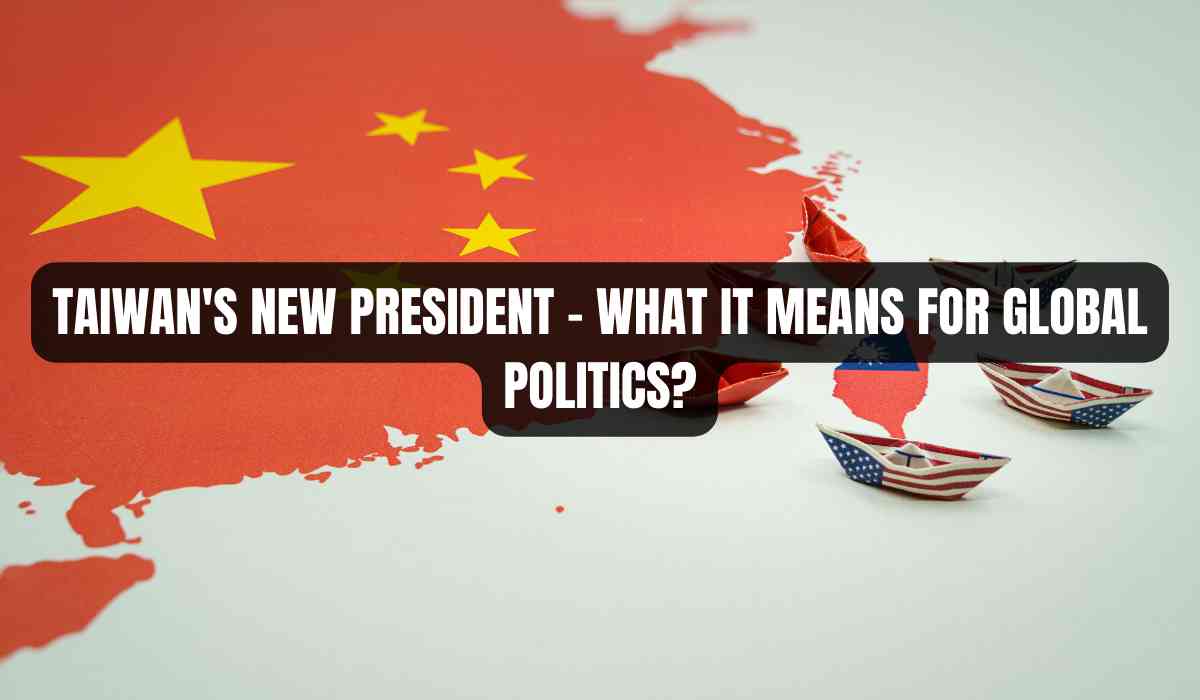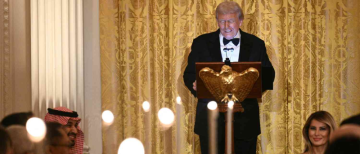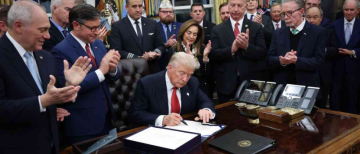In the shadow of geopolitical tensions, Taiwan's delicate position unfolds against the backdrop of Kinmen's modest outpost and Xiamen's towering silhouette, marking the convergence of strategic significance and human resilience in the face of uncertainty.
As one sails around the northern point of Dadan Island, the geopolitical tension surrounding Taiwan unfolds vividly. To the starboard side lies a modest military outpost safeguarding Taiwan's Kinmen islands, inhabited by over 140,000 residents. On the port side, the towering silhouette of Xiamen, China, with its 5 million inhabitants, dominates the horizon. The proximity is striking, emphasized by an annual swimming relay race spanning a few kilometers between the two shores, completed in under 90 minutes. The fragility of Taiwan's position is evident, with a potential Chinese takeover of Kinmen looming due to vast power differentials. The sentiments of locals reflect a nuanced perspective: while some oppose mainland activities in Taiwanese waters, others contemplate the benefits of Chinese rule, highlighting the ambiguity that leaves Taiwan vulnerable to exploitation.
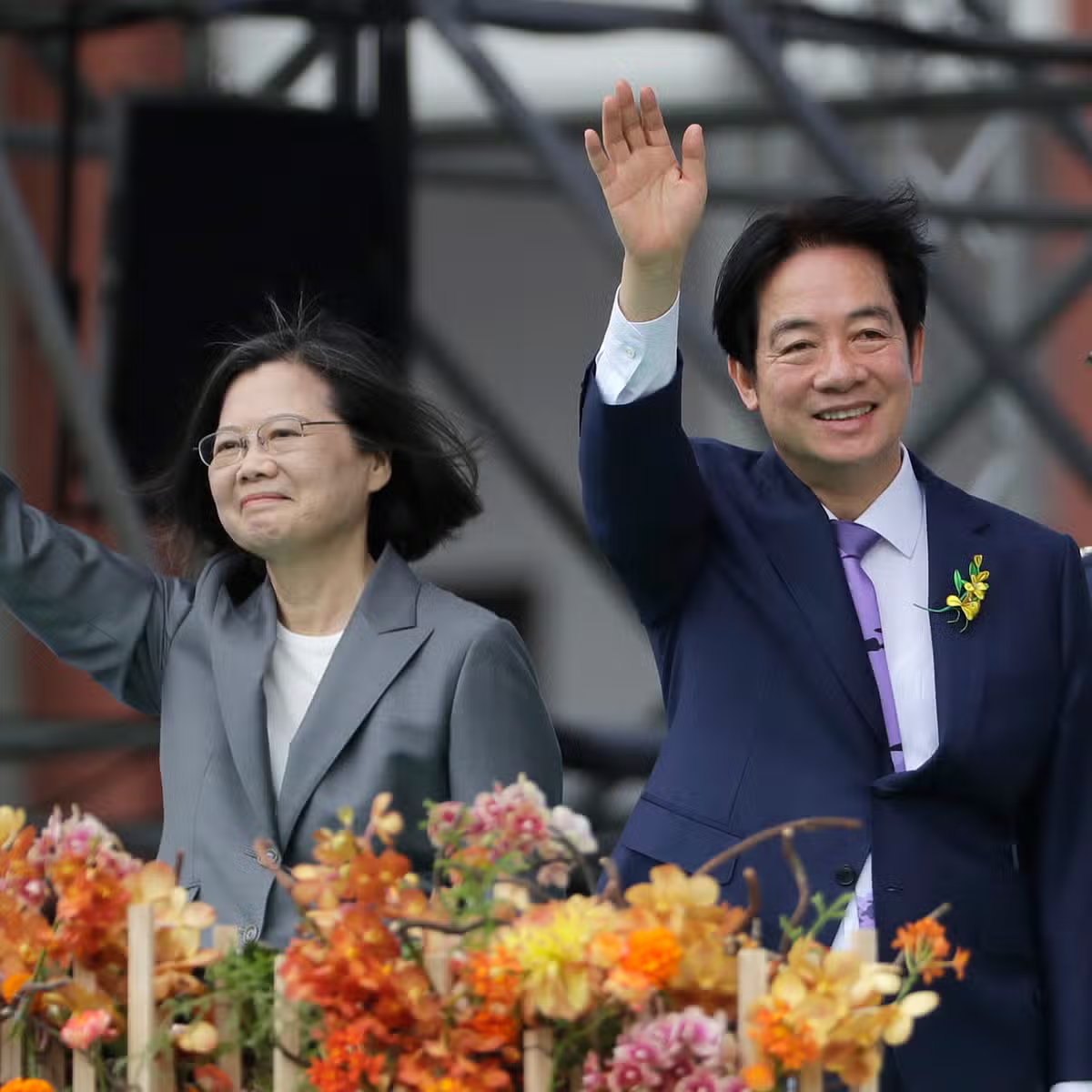
Shrinking Frontiers and Growing Tensions
Amidst the inauguration of Lai Ching-te as Taiwan's new president, the encroachment of China upon Taiwan's air and maritime boundaries is palpable. Recent incidents, such as the intrusion of 12 Chinese vessels into Kinmen's "restricted waters," followed by additional provocations, underscore China's assertive maneuvers. Similar confrontations unfold north of Taiwan, with Chinese ships repeatedly breaching Japanese-controlled waters around the disputed Senkaku islands. In the South China Sea, aggressive tactics including lasers, ramming, and water cannons are employed by Chinese vessels to deter Philippine ships from disputed shoals, epitomizing China's strategy of "grey zone" aggression—a tactic short of outright warfare aimed at exerting dominance and coercing adversaries.
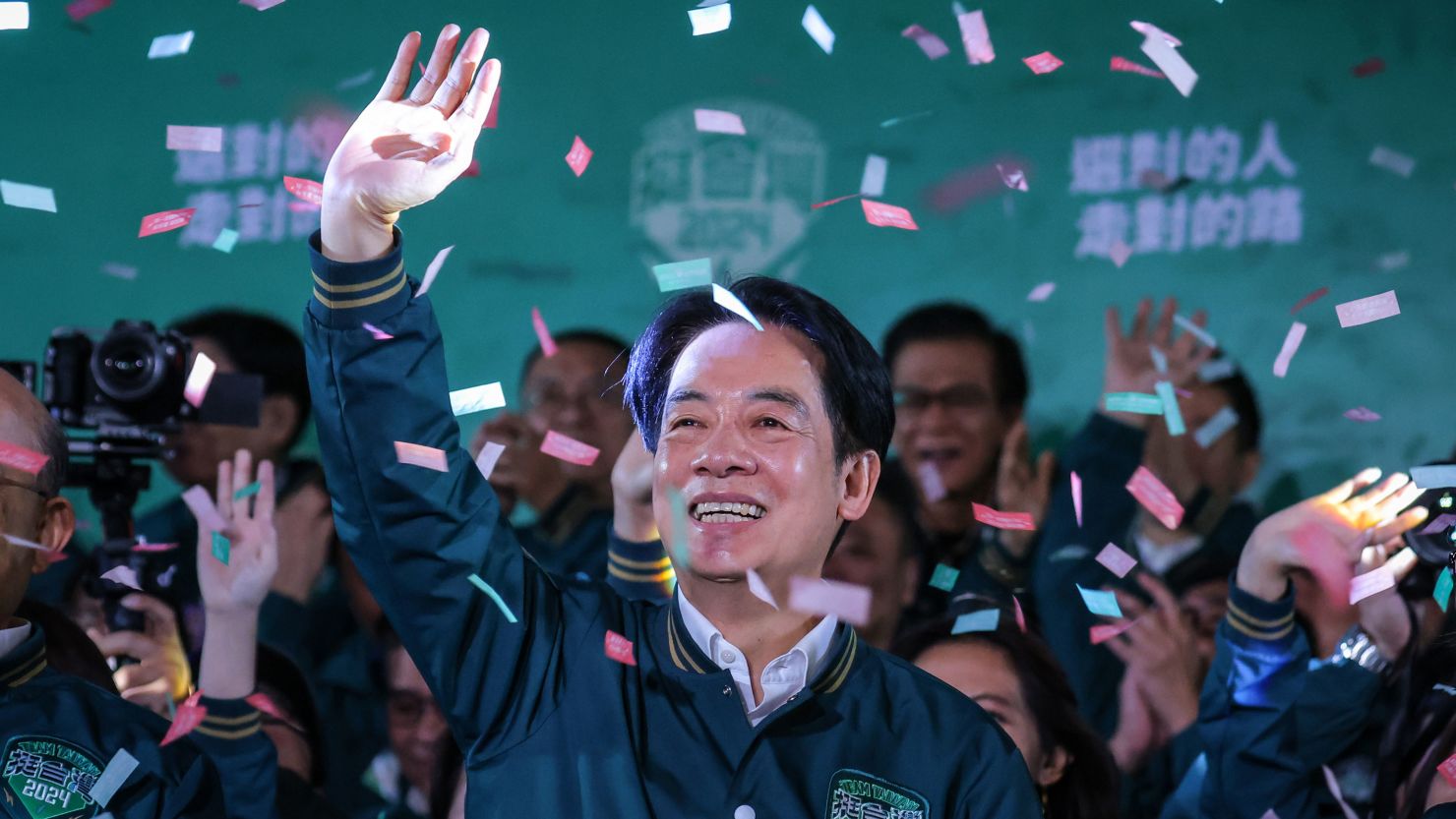
The Rise of Grey-Zone Aggression
The concept of grey-zone conflict poses significant challenges for deterrence, as individual actions fall below the threshold warranting a military response, yet collectively they erode sovereignty and stability. This ambiguous warfare strategy, drawing parallels to Russian hybrid warfare and American measures short of war, relies on a combination of military and non-military tools to achieve strategic objectives. China's dual-track approach—asserting dominance while avoiding direct conflict with the United States—poses a dilemma for regional actors and their allies. Responding to grey-zone aggression requires a delicate balance between deterrence and de-escalation, amidst escalating tensions and the looming specter of potential conflict.
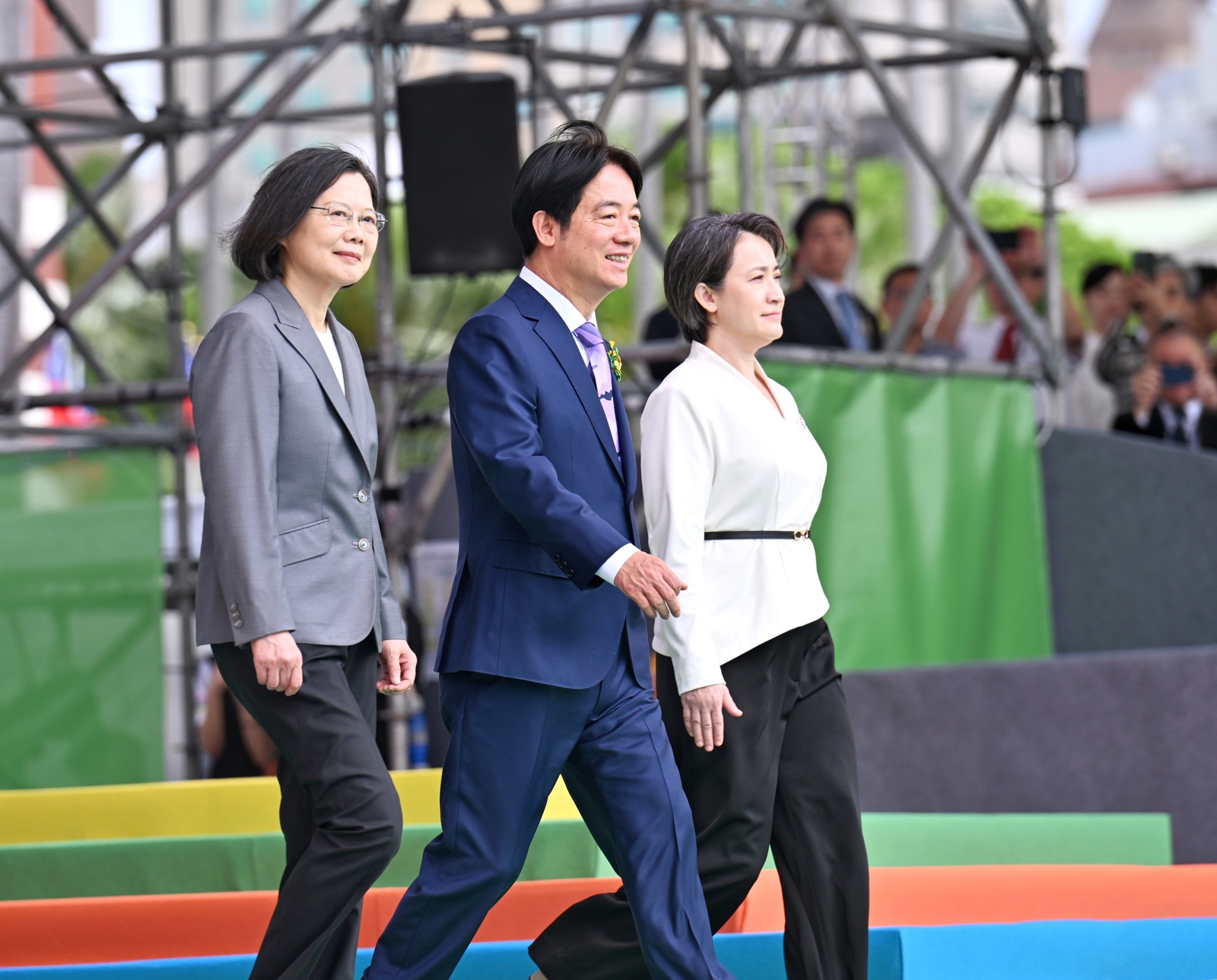
Bound Together
Japan, Taiwan, and the Philippines constitute the "first island chain," a series of archipelagos that enclose China's coastline. They are all allies or friends of the United States. Control over these islands and the crucial sea routes between them would be pivotal in any conflict between the United States and China. However, safeguarding Asian allies poses greater challenges compared to Europe due to several factors. These include heavy dependence on trade with China for prosperity, vast distances in the Pacific, and the absence of a NATO-like mutual-defense pact. Instead, a system of bilateral military alliances with the United States, known as the "hub-and-spokes" arrangement, exists.
China frequently exploits legal ambiguities and seizes upon significant incidents to undermine these alliances. Japan, positioned at the top of the island chain, has faced pressure since at least 2010 when it arrested a Chinese crew in the waters near the Senkaku Islands, sparking protests in China and economic reprisals. Tensions escalated in 2012 when Japan purchased the islands from private owners, prompting China to increase its presence in the area.
The situation is most precarious in Taiwan, which has governed itself since the Kuomintang fled there following the Chinese civil war in 1949. With only a handful of countries recognizing its sovereignty, Taiwan is a prime target for Chinese reunification efforts. While the United States aims to maintain the status quo and Taiwan's autonomy, China is intent on reunifying the island, even by force if necessary.
Recent events, such as Chinese military exercises near Taiwan in response to diplomatic visits, highlight the escalating tensions. China's increasing air and naval incursions into Taiwanese-controlled waters and airspace demonstrate its assertiveness in the region. Taiwan, though limited in its ability to respond forcefully, is vigilant in intercepting intruding vessels and aircraft.
The strategy of "grey-zone aggression" employed by China aims to undermine the authority of Taiwan's government and complicate decision-making processes. Despite Taiwan's firm stance, the challenge lies in responding effectively without escalating the situation further.
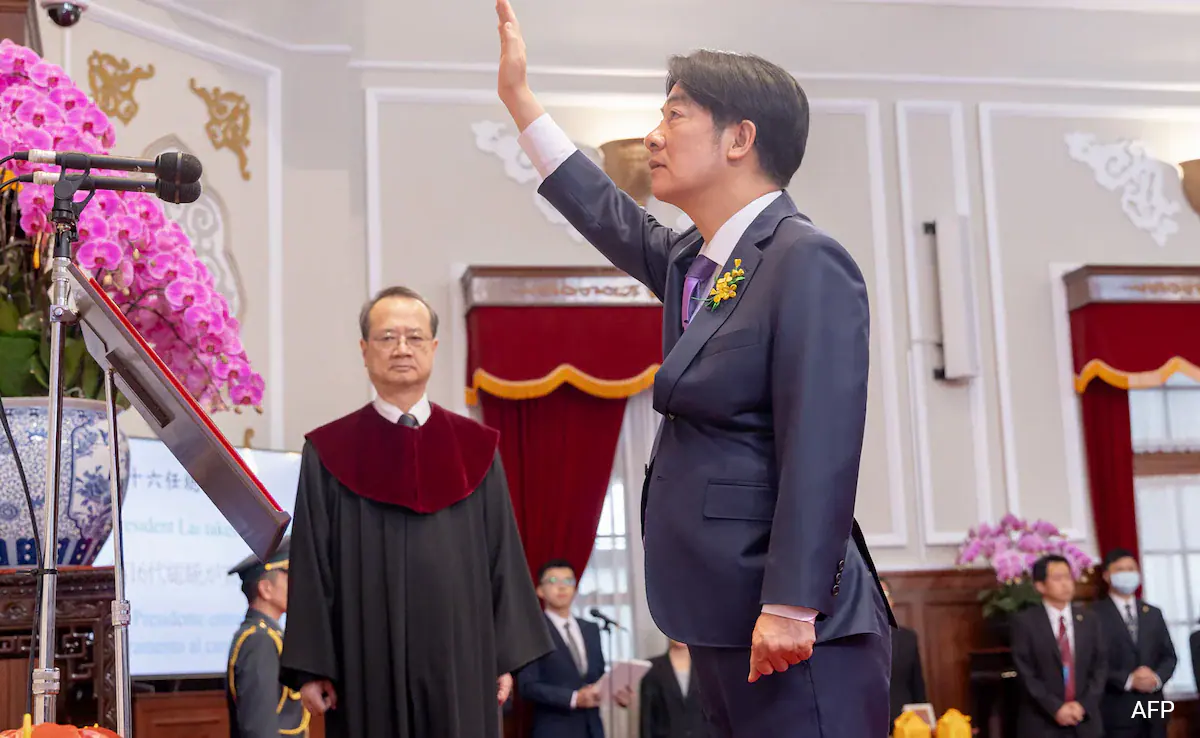
Potential Escalations in East Asia
China may escalate from its current stance to hybrid warfare, potentially targeting islands like Kinmen or imposing shipping inspections or blockades on Taiwan. These actions fall short of full-scale invasion but are nonetheless acts of war. A scenario proposed by Mr. Kuo illustrates the vulnerability of Kinmen and the reluctance of Taiwanese soldiers to engage with their own people, highlighting the island's precarious situation.
The Philippines, despite being economically disadvantaged, boldly confronts China by publicizing its actions in the South China Sea. The core issue revolves around China's expansive territorial claims, including the controversial "nine-dash line." The region's strategic importance due to its resources and trade routes intensifies the tensions.
China's assertiveness extends to clashes with the Philippines, particularly around the West Philippine Sea, despite a 2016 international tribunal ruling against its claims. President Ferdinand Marcos Jr.'s initial rapport with China soured, leading to continued friction.
The brp Sierra Madre, grounded by the Philippines in 1999, symbolizes this conflict. China's patrols around the shoal and restrictions on building materials exacerbate the situation, often resulting in televised confrontations. Similar tensions persist at Scarborough Shoal, raising concerns about China's military expansion in the region.
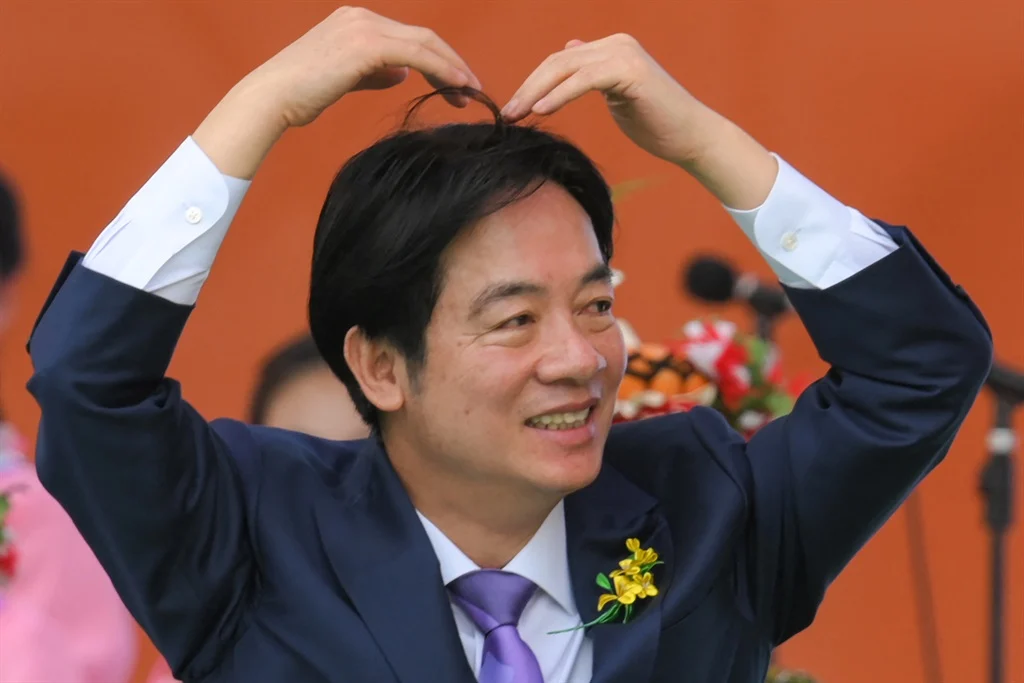
The dragon’s blowback
China's grey-zone tactics, while impactful, are not without repercussions. These maneuvers risk miscalculations and unforeseen responses. Moreover, China's aggressive behavior pushes its rivals closer to each other and to the United States.
Despite tactical wins, American officials argue that China is losing strategically. Opinion towards China in key countries like Japan, Taiwan, and the Philippines has soured. Taiwan's Democratic Progressive Party, under Mr. Lai, has secured an unprecedented third term, signaling a shift towards independence. In the Philippines, trust in America is rising while distrust in China grows. Japan is also bolstering its military capabilities, including acquiring long-range cruise missiles.
The Philippines is transforming its military to focus on territorial defense, purchasing weaponry from India and seeking aircraft and vessels from the United States and South Korea. Japan is aiding the Philippines, and the United States is enhancing military facilities in the region, signaling a commitment to security.
The absence of Taiwan in security discussions is notable, despite its vulnerability to Chinese aggression. Taiwan's defense strategy requires a balance between conventional and asymmetric forces, but its resources are limited. The United States' policy of strategic ambiguity complicates planning, leaving Taiwan uncertain about American support.
As tensions escalate, the United States may need to increase its involvement, potentially through cyber-defense or joint military exercises. Some suggest bolstering allies' bases in the South China Sea or increasing overt support for Taiwan. The choice may become inevitable due to China's persistent grey-zone tactics.
The inauguration of Taiwan's President-elect Lai Ching-te is met with challenges, including managing relations with China and maintaining ties with Washington. China's increased military activities near Taiwan signal growing pressure, potentially setting the stage for further escalation.
China's efforts to present a peaceful image while exerting pressure on Taiwan reflect its ambition for reunification. Analysts caution against fixating on a potential invasion by 2027, emphasizing the need for Taiwan to prioritize defense and deterrence measures regardless of timelines.
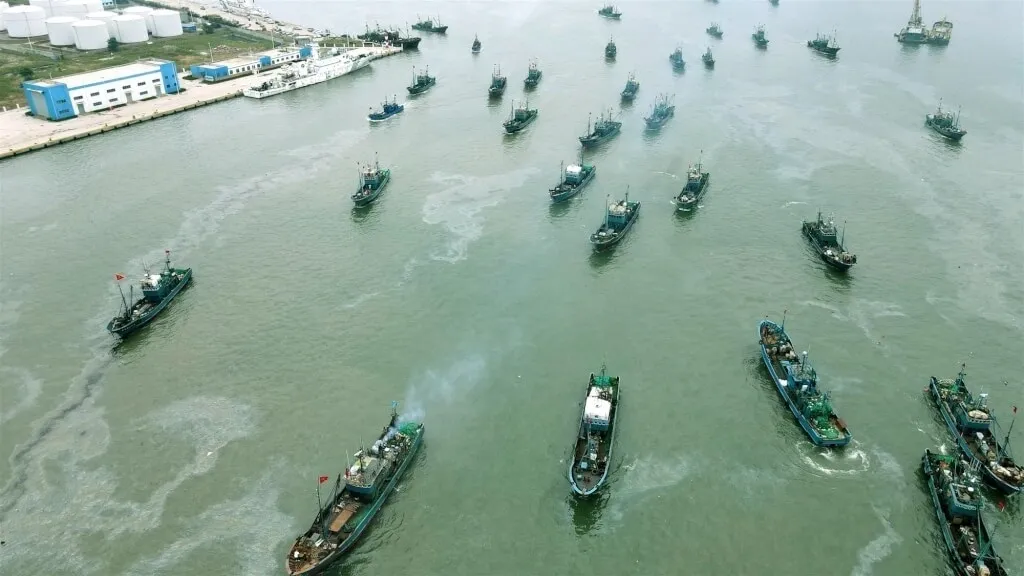
Strengthening Taiwan-China Exchanges
Since the pro-sovereignty Democratic Progressive Party took power in Taiwan in 2016, China has severed official communications and increased pressure on Taiwan. However, Beijing has indicated a willingness to enhance exchanges with Taiwan by lifting some travel restrictions and welcoming delegations from Taiwan’s China-friendly Kuomintang party.
China aims to focus on increasing interactions with Taiwan-friendly groups, according to Hsiao. Meanwhile, Lai has committed to maintaining peace and stability across the Taiwan Strait and is open to engaging with Beijing based on dignity and parity. In a speech at the Copenhagen Democracy Summit 2024, Lai expressed readiness for dialogue with China on principles of mutual respect, benefits, and dignity, without preconditions.
China's proposal to resume cross-strait exchanges, particularly group tourism, presents both opportunities and challenges for Taiwan’s new government. Hsiao noted that reinstating group tourism could be seen as a success for the Lai administration, demonstrating responsible management of relations with Beijing to international partners. However, she warned of potential dependencies on China that could be exploited if relations sour.
Hsiao also suggested that China might pressure the United States and Taiwan’s opposition parties to moderate the new government’s stance. Lai’s upcoming inauguration speech will be crucial in signaling his administration's approach to China. The U.S. will send an unofficial delegation, including two former senior officials and a scholar, to attend the inauguration.
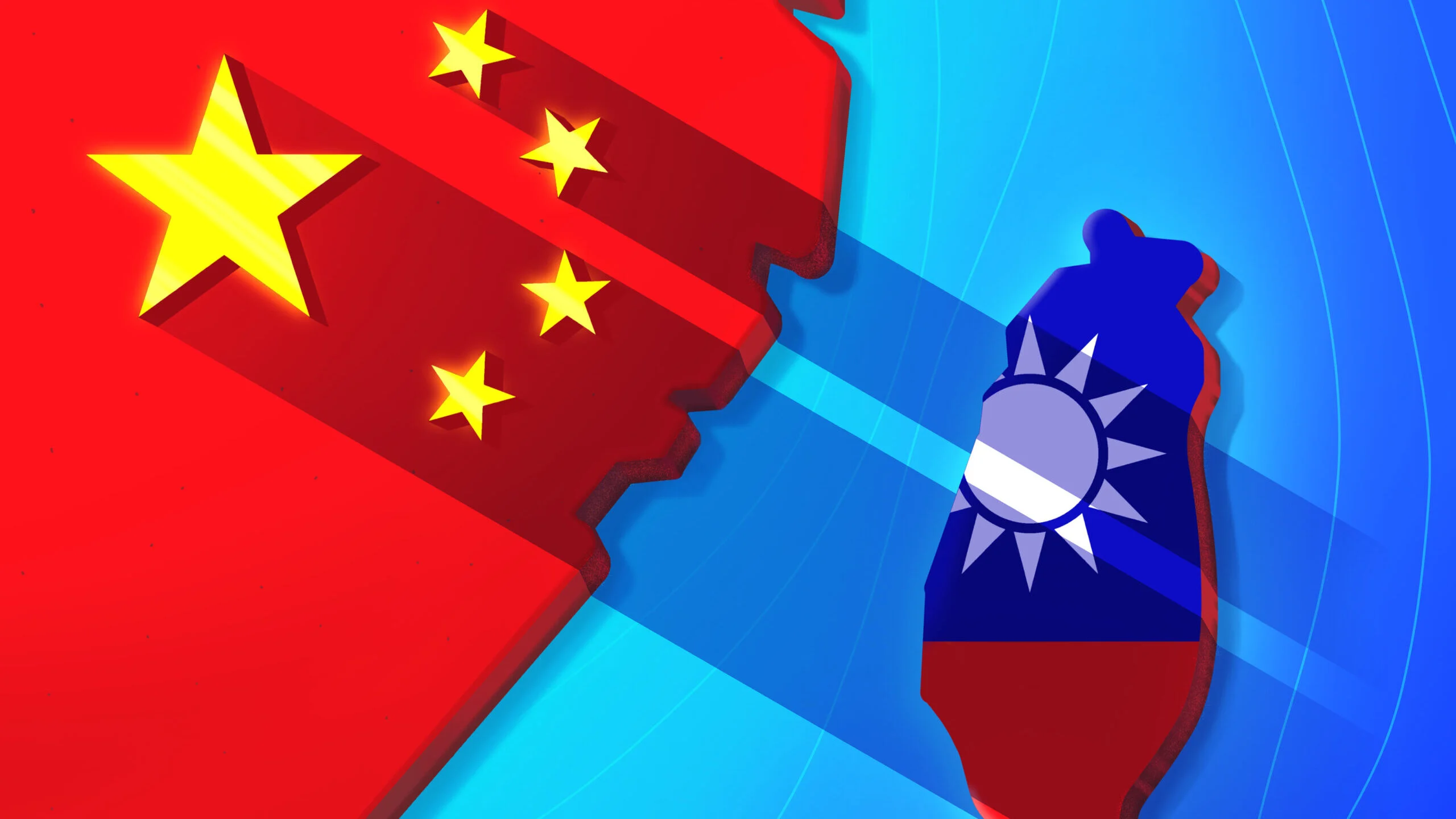
Continuity in U.S.-Taiwan Relations
Despite ongoing tensions between China and Taiwan, experts anticipate that the relationship between the United States and Taiwan will remain stable under the new Taiwanese government. During Tsai Ing-wen's tenure, bilateral ties have achieved a newfound level of stability, laying the groundwork for future cooperation.
Lev Nachman, a political scientist at National Chengchi University in Taiwan, emphasized that many anticipated developments in the U.S.-Taiwan relationship, such as trade agreements and military sales, are anchored in the progress made during Tsai's administration and previous ones.
However, Nachman highlighted potential uncertainties arising from the upcoming U.S. Presidential election. He noted that while President Joe Biden represents a sense of predictability, a victory for former President Donald Trump could introduce unpredictability and challenges for Taiwan and the wider Indo-Pacific region.
In preparation for possible shifts in U.S. leadership, experts suggest that Taiwan's new administration should engage with Trump's advisors promptly. By emphasizing Taiwan's significance in bilateral discussions, the incoming government can help maintain a constructive relationship with the United States.

Soft Power: Taiwan's Diplomatic Strategy
For a Taiwanese president, portraying China as an intimidating presence is a straightforward task. Yet, the real challenge lies in garnering support from nations willing to risk upsetting the globe's second-largest economy. Consequently, Taiwan finds itself navigating a progressively solitary diplomatic path. Over the past decade, China's pressure has led many of Taiwan's erstwhile allies to sever ties, leaving just a dozen, predominantly small Pacific Island and Caribbean nations in recognition.
President Tsai advocates for breaking this diplomatic isolation by forging alliances with what she terms "like-minded democracies." To achieve this, she regularly hosts parliamentary delegations from across the globe, leveraging a loophole to engage with foreign dignitaries from nations not formally recognizing Taiwan. In a recent instance, amidst Xi Jinping's preparations to welcome Vladimir Putin in Beijing, Tsai Ing-wen organized a drag performance by Taiwanese-American Nymphia Ward, marking a unique event in presidential diplomacy.
These efforts serve to showcase Taiwan's identity as a vibrant democracy, urging the world to value its existence. Despite suggestions that Taiwan's strategic importance exceeds that of Ukraine, Tsai emphasizes the need for democratic nations to stand in solidarity with Ukraine. Instead of highlighting Taiwan's flourishing chip industry, Tsai underscores its unique asset: the soft power of democracy.
Leading up to the election, symbols of inclusivity like the rainbow flag dominated Democratic Progressive Party (DPP) rallies, echoing Taiwan's commitment to personal freedoms. The journey from a repressive past to present-day progressivism, exemplified by legalizing same-sex marriage, illustrates Taiwan's societal evolution. Tsai acknowledges the hurdles faced during this transformative journey, reflecting on the divisive nature of the issue.
Taiwan's future, Tsai believes, lies in embracing its diverse heritage, marked by waves of Chinese immigrants and indigenous peoples. This multicultural fabric, she contends, fosters resilience and enables societal progress. As Taiwan navigates its complex diplomatic landscape, Tsai remains optimistic about maintaining its crucial alliance with the world's preeminent democracy, irrespective of shifts in global leadership.
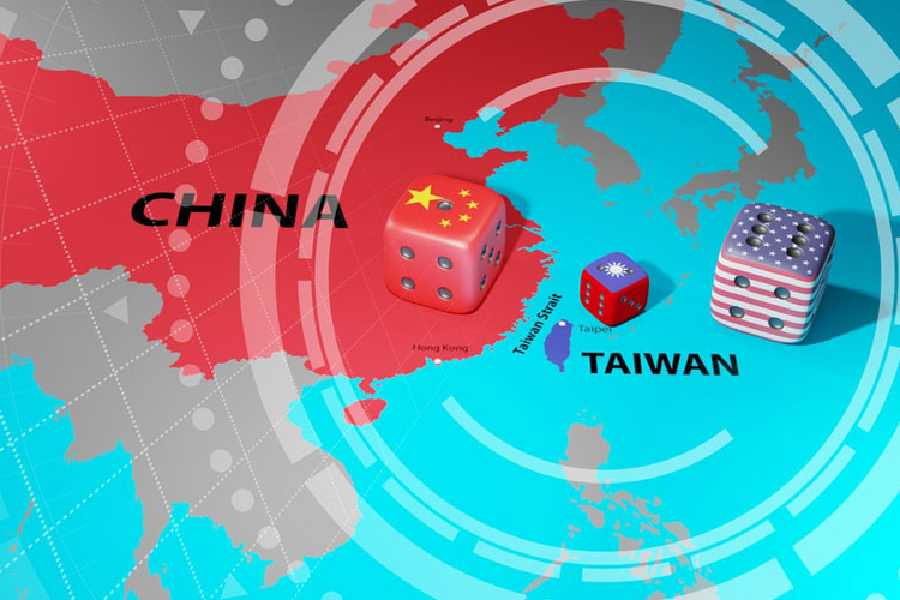
Best friends forever?
After Donald Trump's surprising win in 2016, Tsai Ing-wen reached out to congratulate him—a move unprecedented since Jimmy Carter's presidency. Their conversation was brief yet personal, covering various topics. While Trump's stance on Taiwan fluctuates, Tsai acknowledges his approval of arms shipments, though she avoids discussing his potential return to office.
Instead, Tsai highlights the increasing threat posed by China. Despite global warnings against military aggression, China continues to escalate tensions by breaching the Taiwan Strait's airspace and waters regularly. Beijing's refusal to acknowledge the longstanding border further exacerbates the situation, spurred in part by Tsai's diplomatic successes.
In 2022, Nancy Pelosi's groundbreaking visit to Taiwan drew international attention but also provoked China, leading to missile tests near the island. Despite criticism from within her administration and purported opposition from President Biden, Tsai defends the visit as a necessary step for Taiwan's recognition on the global stage.
Reflecting on her leadership of the Democratic Progressive Party (DPP), Tsai recounts the challenges of transitioning from a group of revolutionary figures to a governing force. She asserts Taiwan's sovereignty, citing its existing political system, constitution, laws, and military as evidence of its independent status.
Tsai emphasizes that Taiwan awaits global acknowledgment of its sovereignty, believing it possesses all the attributes of a sovereign nation.
Amidst the looming specter of grey-zone aggression, Taiwan's resolve stands firm, echoing its call for dignity, autonomy, and solidarity in a shifting East Asian landscape.
With inputs from agencies
Image Source: Multiple agencies
© Copyright 2024. All Rights Reserved Powered by Vygr Media.

